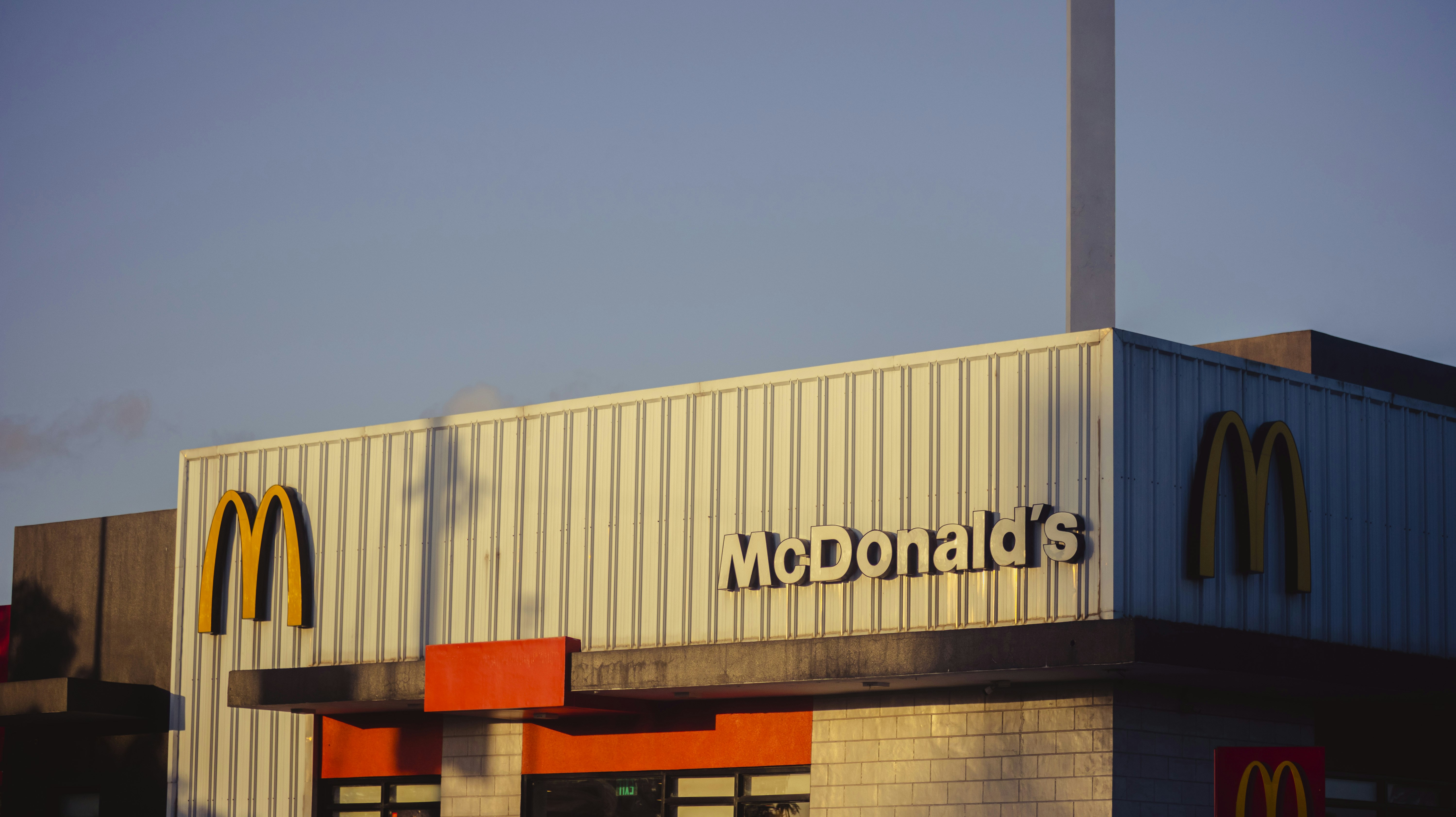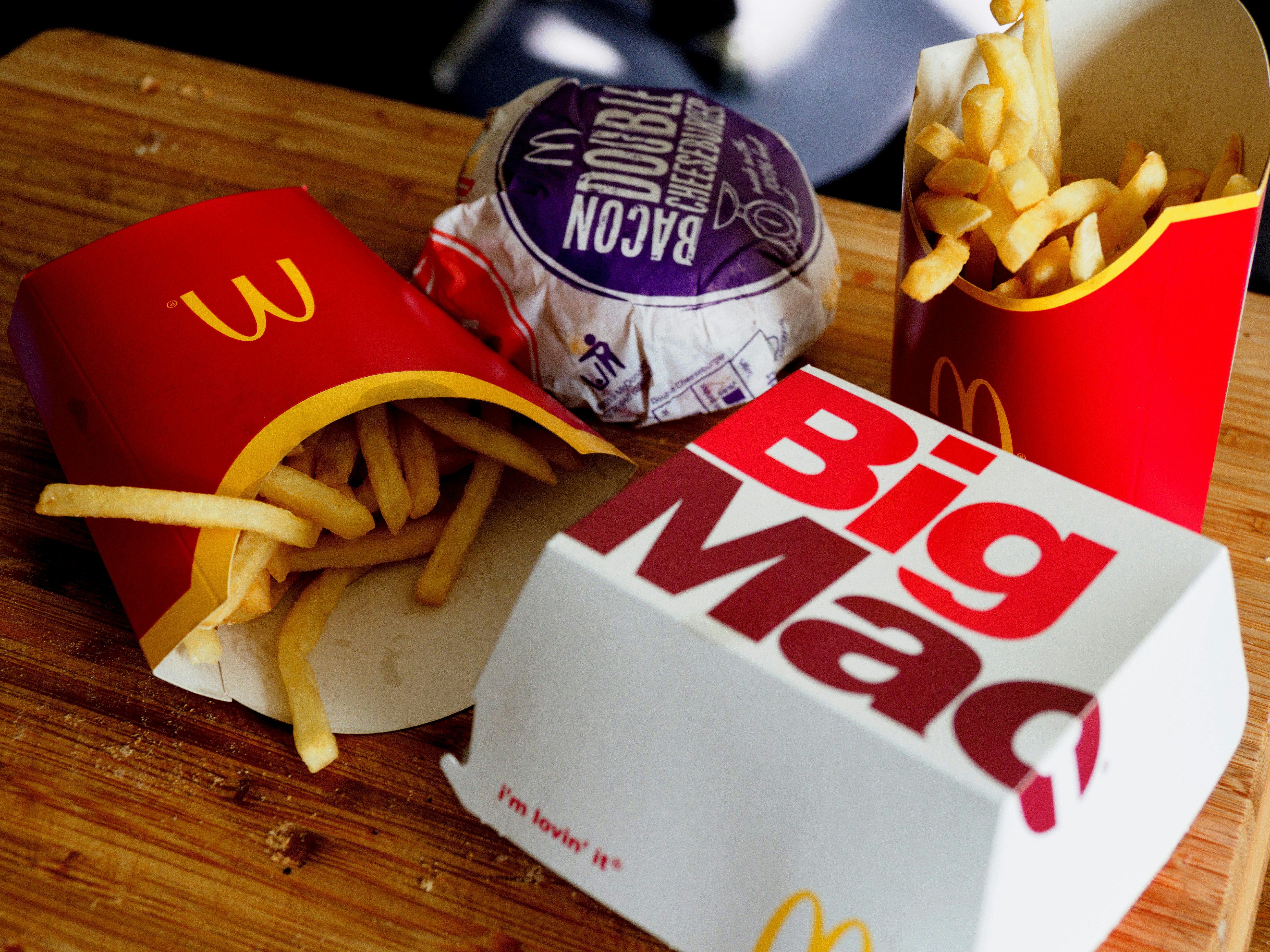McDonald’s Commits $200M to Regenerative Ranching Across 4 Million Acres
McDonald’s USA launches a seven-year, $200M Grassland Resilience and Conservation Initiative with NFWF and NRCS, supporting regenerative grazing and habitat restoration across 38 states.

Photo by Road Ahead on Unsplash
A Quiet Pivot on the Range
On “September 15, 2025,” McDonald’s USA introduced the Grassland Resilience and Conservation Initiative, a long-breathed effort that reads like a gentle reset for working rangelands and the menus they quietly support. The company is committing “more than $200 million” over “seven years,” partnering with the National Fish and Wildlife Foundation (NFWF), the USDA’s Natural Resources Conservation Service (NRCS), and key suppliers to reach up to “4 million acres” across “38 U.S. states.” It’s described as McDonald’s largest-ever investment in regenerative agriculture—an expansive push that threads ecological goals directly into a supply chain many Americans move through without noticing. The initiative favors soft solutions with sturdy roots: regenerative grazing, habitat restoration, and water and wildlife conservation on ranches linked to the company’s U.S. beef supply. In its scale and timing, the move signals something more than a pilot. It’s a landscape-scale program designed to mature over seasons, a measured stride toward resilience for ranchers and reliable beef for restaurants. Analysis: The launch details establish a sweeping, multi-state program backed by a sizable, multi-year investment and a coalition of public and private partners, indicating a strategic transition from small trials to broad implementation.
Why This Move, Why Now
The heart of the plan lies in a straightforward belief: stewardship at the source sustains everything downstream. As a public–private collaboration among McDonald’s USA, NFWF, NRCS, and suppliers, the initiative aims to align beef sourcing with conservation outcomes on working ranches. Regenerative grazing—moving cattle to allow land recovery—sits at the center, fostering soil health, biodiversity, and water conservation where cattle actually live and graze. Framed as supply chain stewardship, the program isn’t just about greener pastures; it’s about ecosystem services that support ranch productivity and, in turn, the reliability of beef for U.S. restaurants. The company’s approach suggests an operational pivot from proof-of-concept to place-based practice, emphasizing benefits that unfold slowly and endure. That gentle patience—resting a pasture, returning at the right time—feels of a piece with building a steadier supply in an unsteady climate. Analysis: The motivations connect ecological outcomes to operational reliability; by treating ranchlands as foundational infrastructure, the initiative seeks to reduce environmental risk and stabilize supply through established conservation practices.
How It Works on the Ground
For ranchers, support arrives in practical, welcoming forms: tools, technical guidance, and infrastructure like fencing and water systems, coupled with incentive payments to adopt practices that improve wildlife habitats, conserve water, and enhance soil health. NFWF’s role introduces a structured pathway—managing and distributing competitive grants to organizations that help ranchers take these steps. The first round of awards is expected in “January 2026,” a date that serves as a calm, clear milestone in a long pasture walk. With a scope that stretches to “4 million acres,” the program will lean on both technical assistance and financial signals to translate conservation intent into day-to-day operations across diverse geographies. The mix of know-how and nudges aims to lower the friction of adoption, letting ranchers adjust stocking, rest periods, and grazing rotations in ways that suit local landscapes while keeping an eye on wildlife and water. Analysis: The mechanics combine guidance, infrastructure, and incentives, with NFWF using competitive grants to local partners; this blend is intended to convert high-level goals into ranch-level practice at scale.

Do the Dollars Work?
At approximately “$200 million over seven years” across “4 million acres,” the initiative averages roughly “$7.14 per acre per year.” The total is notable, yet it lands lightly next to McDonald’s “annual U.S. revenue in 2024” of “$25.9 billion,” placing the commitment at “under 1% of yearly revenue—assuming McDonald’s provides the majority of funds.” That caveat matters, because the effort is not financed by McDonald’s alone. Suppliers including Cargill, Golden State Foods, Lopez Foods, OSI, and The Coca-Cola Company are contributing, a shared-responsibility model that signals co-ownership of outcomes. The practices targeted—strategic livestock rotation, pasture rest, and biodiversity promotion—sit comfortably within existing U.S. conservation frameworks like EQIP and CSP. That alignment hints at a design that can harmonize with established programs rather than reinventing the wheel. It’s the kind of fiscal containment that keeps the initiative scalable: substantial enough to move needles, light enough to fit within corporate and supplier budgets. Analysis: The per-acre spend suggests a disciplined, repeatable model reinforced by supplier cost-sharing and compatibility with federal conservation programs, balancing ambition with budget realism to enable scale.

A Climate Thread Through the Grass
The initiative dovetails with broader corporate sustainability objectives led by Beth Hart, McDonald’s Chief Sustainability and Social Impact Officer. The company has pledged to cut “agriculture-linked emissions by 16% by 2030,” and it has backed projects that speak to the varied texture of agricultural emissions—enzyme-enhanced cattle feed to reduce emissions, soil-friendly tools in Canada, and rotational grazing trials in the U.K. In the U.S., regenerative grazing’s rhythm—moving cattle to allow land recovery—supports soil carbon sequestration and biodiversity. Research referenced in the Context indicates enhanced soil water retention, erosion control, and greater ecosystem resilience. Those are quiet gains, the sort you feel when pastures hold onto rain and wildlife finds cover. They also tie back to the company’s emissions trajectory, binding ecological co-benefits to climate goals without promising what the grass itself won’t bear. Analysis: By linking grazing practices to soil and habitat outcomes associated with carbon and resilience, the program complements a defined emissions target, offering coherence between ecological stewardship and climate strategy.
Trust, Tracking, and the Rural Arc
To keep the effort grounded and accountable, McDonald’s will engage Kateri and Carbon Yield to conduct independent monitoring and measurement of soil health improvements across participating ranches. Paired with NFWF’s collaboration with regional conservation partners, the initiative is designed to identify high-impact, landscape-scale projects that bolster wildlife populations, ecosystem health, and ranch productivity. This structure favors adaptive learning: as conditions vary from one ranch to the next, data and local partnerships can guide adjustments. For rural communities, the combination of technical assistance, infrastructure support, and incentives is intended to create a more welcoming on-ramp to practices that strengthen both habitat and livelihoods. It is a softly pragmatic approach—measure, learn, adjust—building credibility alongside ecological gains. Analysis: Independent monitoring coupled with regional partnerships enhances trust and enables refinement, improving the odds that ecological metrics map to tangible benefits for ranchers and supply reliability for McDonald’s.
Where the Industry Is Heading
McDonald’s joins a cohort of food industry leaders investing in regenerative agriculture, with the Context citing General Mills, Nestlé, Walmart, and PepsiCo among the companies taking similar steps. The alignment is striking: climate-resilient and sustainable sourcing has moved from aspiration to expectation, becoming part of how supply chains are judged. Within that trend, McDonald’s seven-year, cross-state program adds a sense of breadth. Its scope and partnerships may influence peer strategies and the expectations placed on suppliers, who increasingly find that stewardship is not an adjunct to procurement but a thread woven through it. That shared approach—brand and supplier walking the pasture together—signals a competitive benchmark taking hold across the sector. Analysis: Parallel investments by major brands suggest that regenerative supply chains are now a standard to meet; McDonald’s scale and timeline could shape industry norms and accelerate supplier engagement.
The Timeline—and What We Don’t Yet Know
Two anchor dates frame the near horizon: the program’s launch on “September 15, 2025,” and the first NFWF competitive grant awards expected in “January 2026.” Between those bookends lies a period of preparation—lining up partners, refining project selection, and preparing ranchers for adoption. Some pieces remain unfilled. The Context does not specify the allocation by state or biome across the “38 U.S. states,” the exact criteria NFWF will use beyond “competitive grants,” the size and structure of the incentive payments to ranchers, or the distribution of contributions among McDonald’s and named suppliers. It also notes that the investment is “under 1% of yearly revenue—assuming McDonald’s provides the majority of funds,” a careful caveat about funding split. These details matter; the monitoring plans and NFWF’s process may clarify them over time, shaping how robustly the initiative translates dollars into durable ecological and supply outcomes. Analysis: Clear milestones exist, but unanswered questions about allocation, incentives, and funding shares will determine realized impact; forthcoming grantmaking and measurement should provide needed specificity.
What It Means for Menus and Meadows
In its essence, this is a story about tending—of landscapes, of wildlife, and of a supply chain that feeds millions. By focusing on regenerative grazing, habitat restoration, and water and wildlife conservation, McDonald’s casts ranchlands as living partners in the reliability of its U.S. beef supply. The company’s collaboration with NFWF, NRCS, and suppliers suggests that resilience is best built hand in hand, with shared commitments and measured steps. The lesson is simple and softly persuasive: when big systems pause to listen to the ground—resting a pasture, investing in a fence, tracking soil health—the comfort foods people expect can be anchored by places that are healthier, more diverse, and better at holding water and life. In that gentle exchange, ecological care becomes operational strength. Analysis: The initiative frames ecological stewardship as a practical foundation for supply reliability, offering a concluding takeaway that resilience grows from collaborative, on-the-ground care.